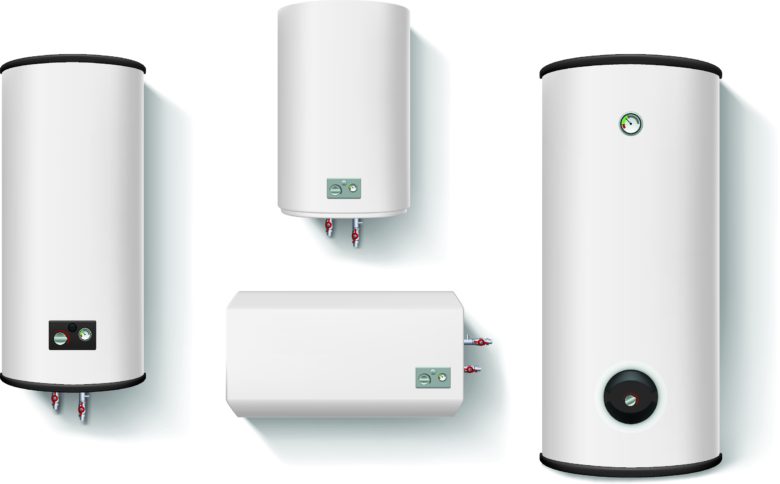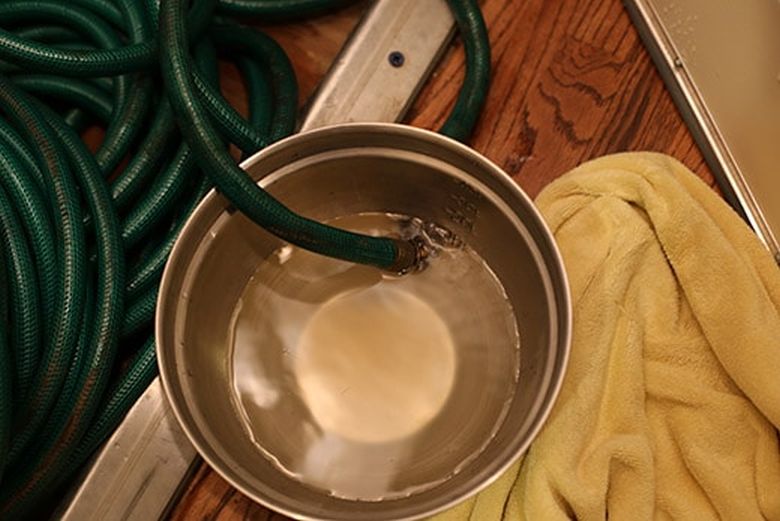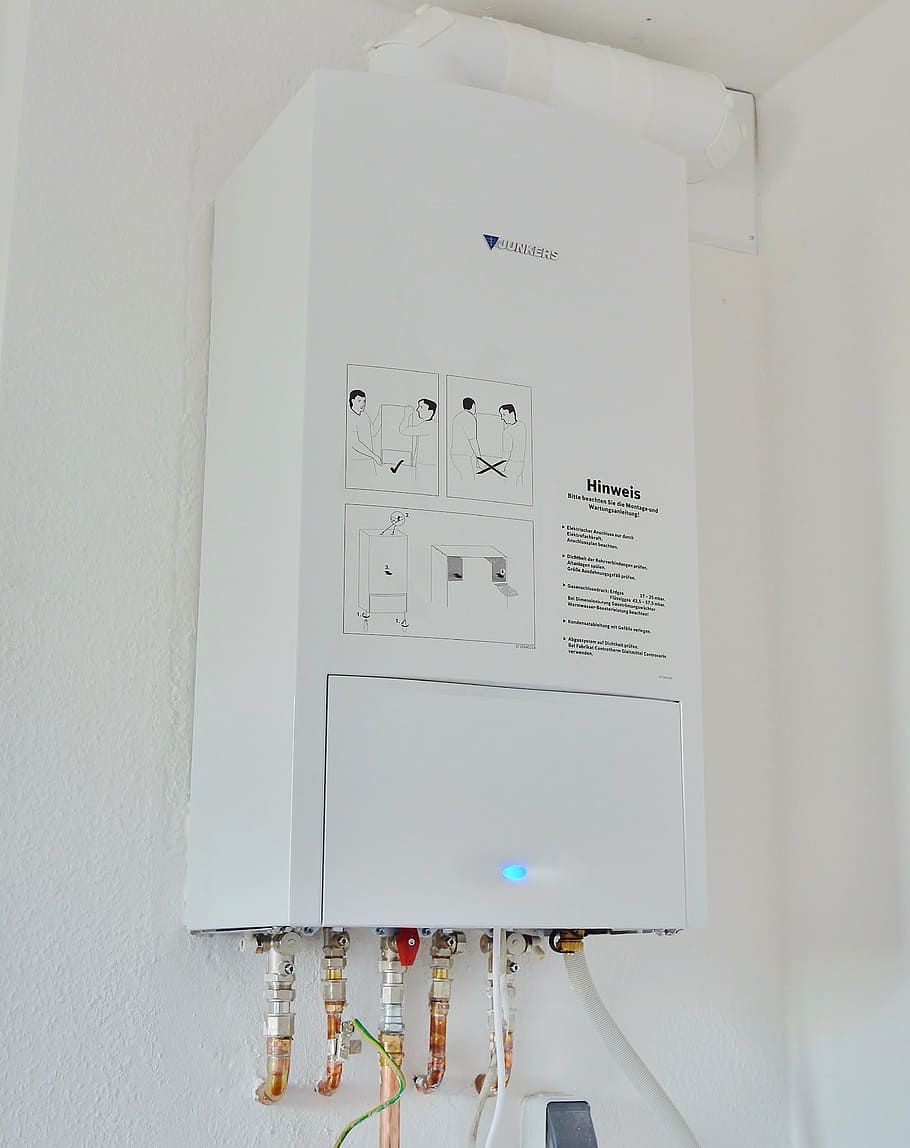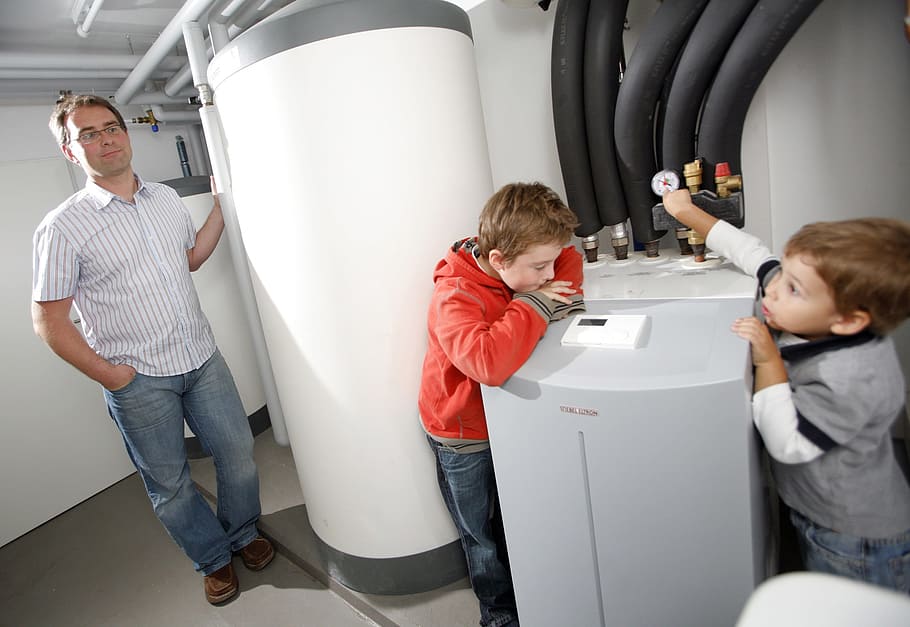In most homes, the water heater is tucked away in the basement, utility closet, or somewhere else out of sight. So it can be easy to forget about performing regular maintenance on it. One of the most common issues that can arise is scale. No, we’re not talking about the device you stand on to see if your diet is working.
If you haven’t descaled your water heater tank recently – or aren’t sure what this even means – then this article is for you thanks to our friends and collaborators Pratt Plumbing.

What is scale – and where does it come from?
All tap water has some level of dissolved minerals in it. Over time, these minerals can start to build up in plumbing and appliances, which is called scale. Homes with hard water (meaning a high concentration of certain minerals such as calcium) tend to have more issues with scale than others. Scale can build up in almost anything that uses water – from faucets to coffee makers. Overall, the scale isn’t dangerous to our health – it causes some water discoloration and affects the taste of water – but can be harmful to appliances such as your water heater.
How scale affects your water heater
Inside the tank of your water heater, most minerals and other particles sink to the bottom. Instead of getting flushed out of the tank when you use the hot water, scape deposits accumulate. This makes it harder for the unit to heat the water evenly, affects the pressure levels, and can corrode the inner lining of the tank. Long story short, scaling can shorten the service life of the water heater and potentially result in a messy leak.
How do you know if there’s a scale buildup in your water heater? As we mentioned before, if you have hard water, which is common here in Texas, you’re at a higher risk. Also, if you hear a popping or knocking sound coming from the tank, or notice that the water from the faucet isn’t consistently hot, then those are signs that it’s time to descale the tank.
How to descale a water heater

As a general rule of thumb, it’s a good idea to descale your water heater about once a year. The process involves turning off the water heater and water supply, draining the tank, adding a descaling solution (such as vinegar) that will dissolve and loosen up the mineral deposits, then flushing the tank to clean out the contents.
While descaling a water heater is relatively simple, it does require some plumbing knowledge and tools. You also have to be very careful when draining the tank as you’re dealing with water that’s 120-140°F and could cause significant burns. For those reasons, we recommend that you bring in a licensed plumber for the professional maintenance of your water heater.
We always recommend safety first in all home projects. With that said, if you are confident that this is a task you’d like to undertake, here are a few approaches to the descaling and maintenance of your water heater on your own. You decide what task you are comfortable taking on.
Flushing

Firstly, take a look at your water heater and get a good feel for what each valve controls and what power supply you are using. The last thing you want is to start the flush without properly being prepared.
Turn off the power (electric or gas) to the water heater. Shut off the water coming into the tank. There should be a valve near the bottom of the tank where you can connect a hose. Once you have the hose draining spot set, carefully open the valve. Be careful! This is hot water you are draining out of the water heater.
Once you’ve finished draining, close the valve, disconnect the hose, turn the cold water back on to fill the tank, and turn the power back on. And, of course, put the hose away.
A quick note, if you are considering also using vinegar to help prevent future buildup, read on below before starting your flush.
Vinegar
Most of us have seen articles pop up in our email about the wondrous uses of vinegar. While we may be skeptical about some of those claims, using vinegar to help prevent the buildup of scales is a useful one.
Once you’ve flushed out your gas or electric water heater, close the draining valve but leave the hose still attached. Pour in a gallon of apple cider vinegar and let it sit inside the tank for at least 6 hours to give it time to do its magic. When you can wait for no longer for hot water to return to your home, open the drain valve with the hose still attached to drain out the vinegar. Turn on the cold water to flush out the remaining vinegar residue.
Close the valves, disconnect the hose, double-check your work and then turn the power back on.
Temperature
We all are used to the idea that the hotter the fire, the faster things dissolve, especially when we are cooking on our stovetop for example. Unfortunately, this works opposite to the care of our water heater. The hotter the water, the more calcium and magnesium scales are produced. A temperature of 120 degrees is what is typically recommended for both the comfort of our family’s needs and the health of our water heater.

Water Softener
Many homes in our area are equipped with water softeners in order to combat the hardness of our local water. Putting it simply, through an exchange of ions the calcium and magnesium ions are replaced with sodium ions. This removes the harmful elements that hard water puts on our plumbing and appliances
Whether you’ve decided to take on this project on your own or have went the safer route and consulted with a professional plumber, always remember that your water heater needs maintenance. It keeps the hot water flowing for your family’s comfort and should never be forgotten.



